I suspect that this is partly the reason so many are drawn to international art shows such as the Artists Project in Toronto. If you missed it, an opportunity was lost to see work and meet the artists who created it. The artists speak of the creation energy that compelled them to put brush to canvas. They have experienced the mystery of creation, and interpreted it for you, expressing it so elegantly in a visual form.
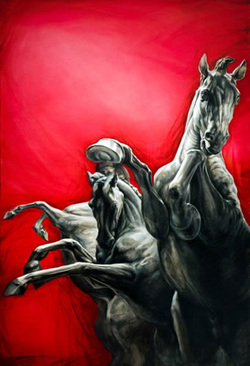
www.anyadroug.com
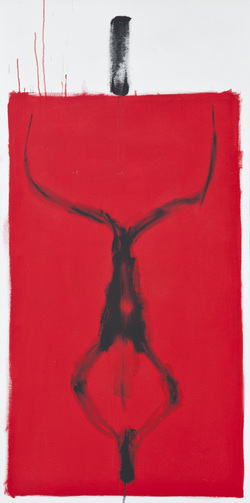
www.jenniferzeitz.com
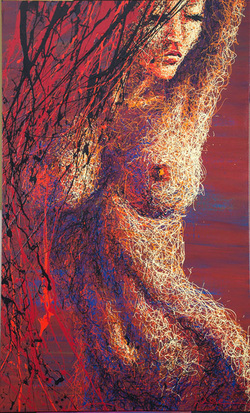
www.dagearts.com
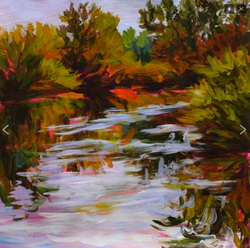
www.jodishuster.com
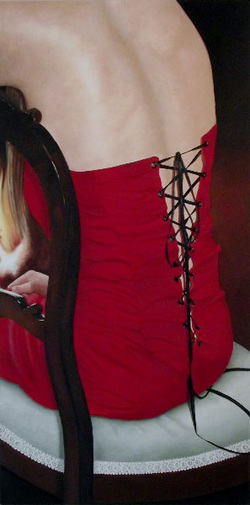
www.suzanneburden.ca
Next time you come across a chance to view art first hand, and meet the artists, take it. You may just experience the sublime. When you come across a work of art that demands your attention, stop and spend time with it. Talk to the artist to gain the insight you so desperately want. Art connects us in ways like nothing else.

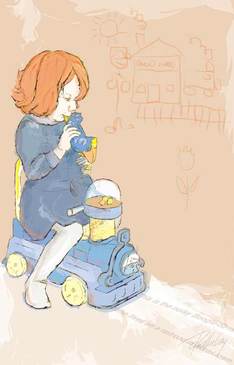
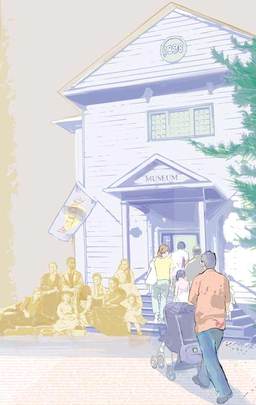


 RSS Feed
RSS Feed